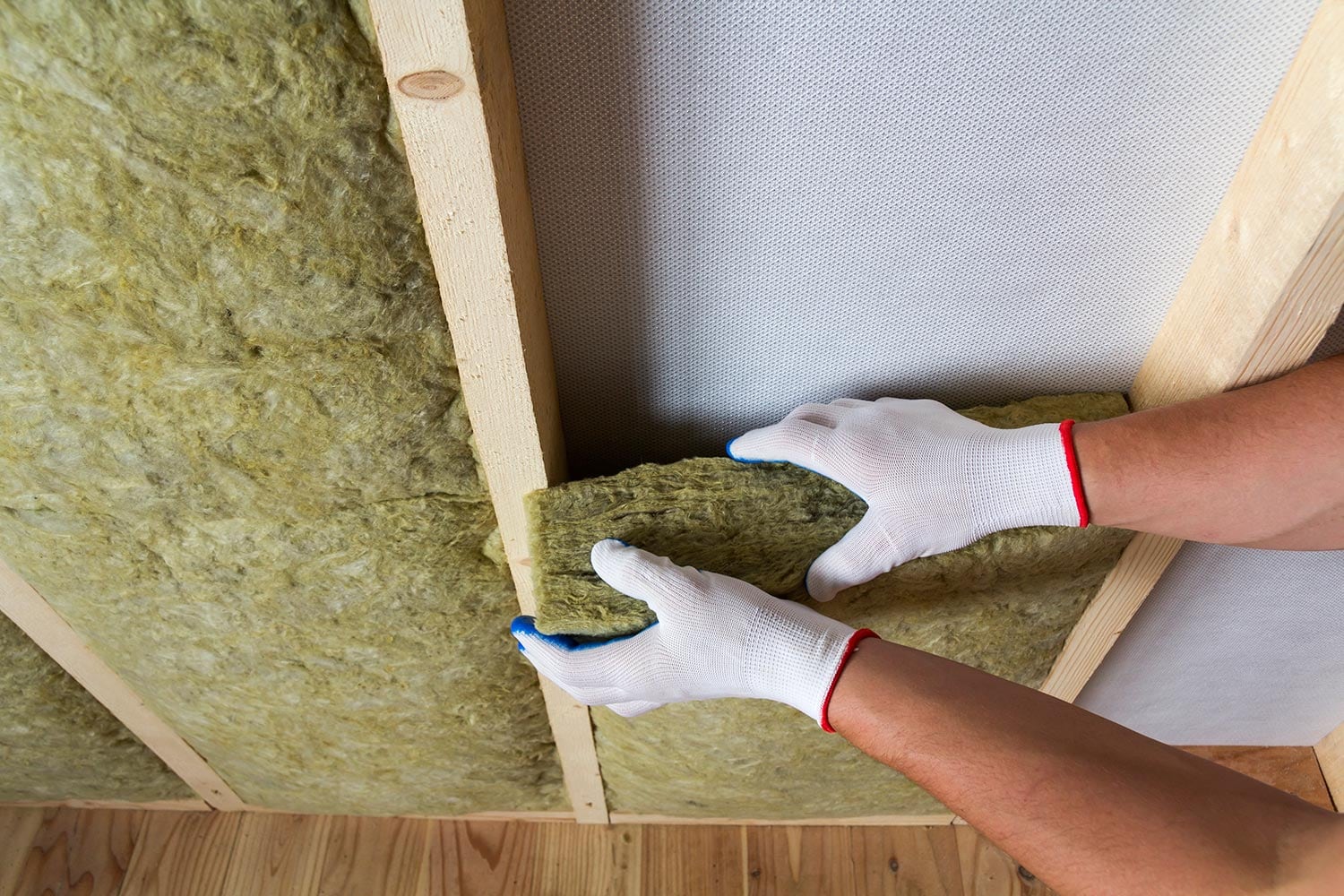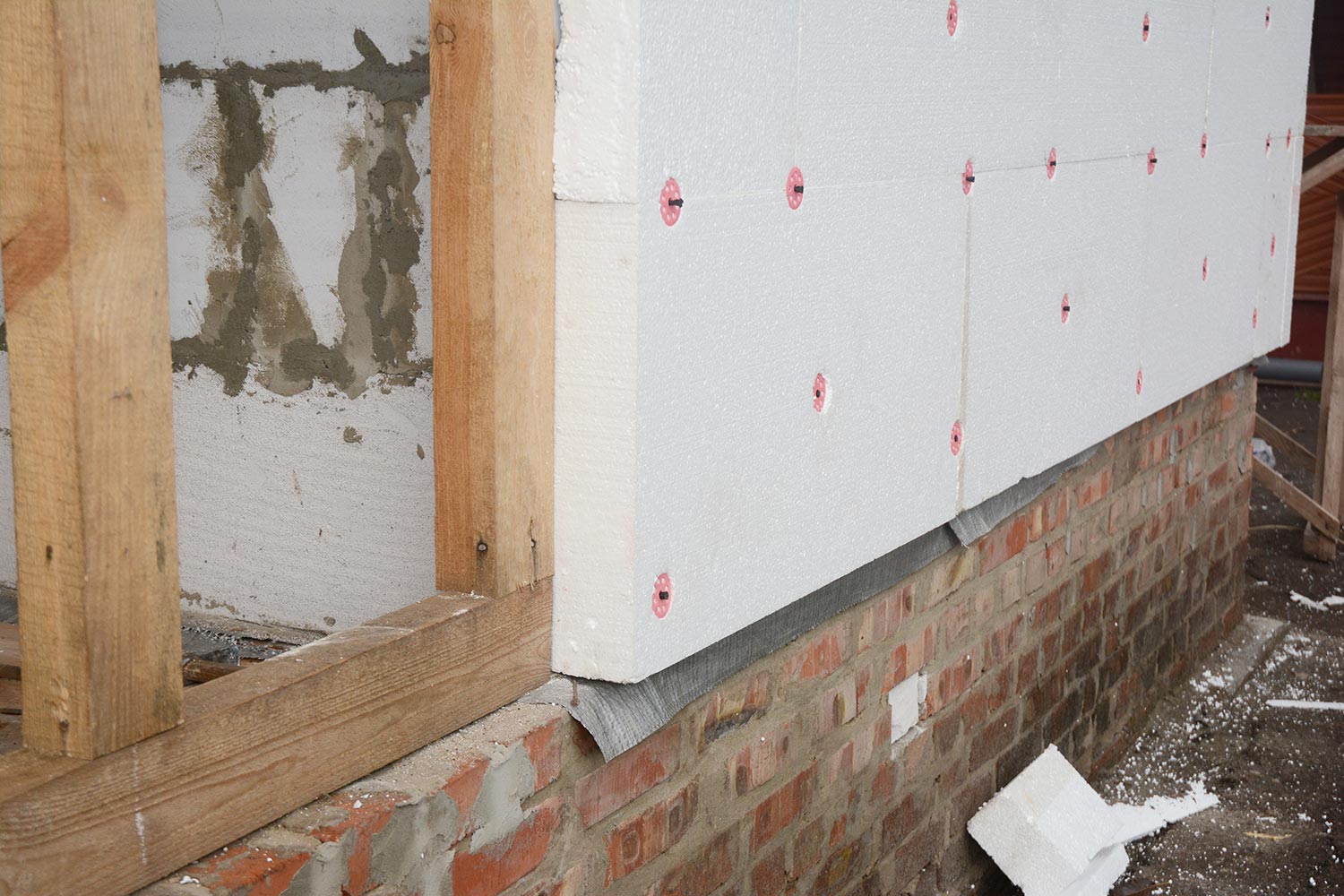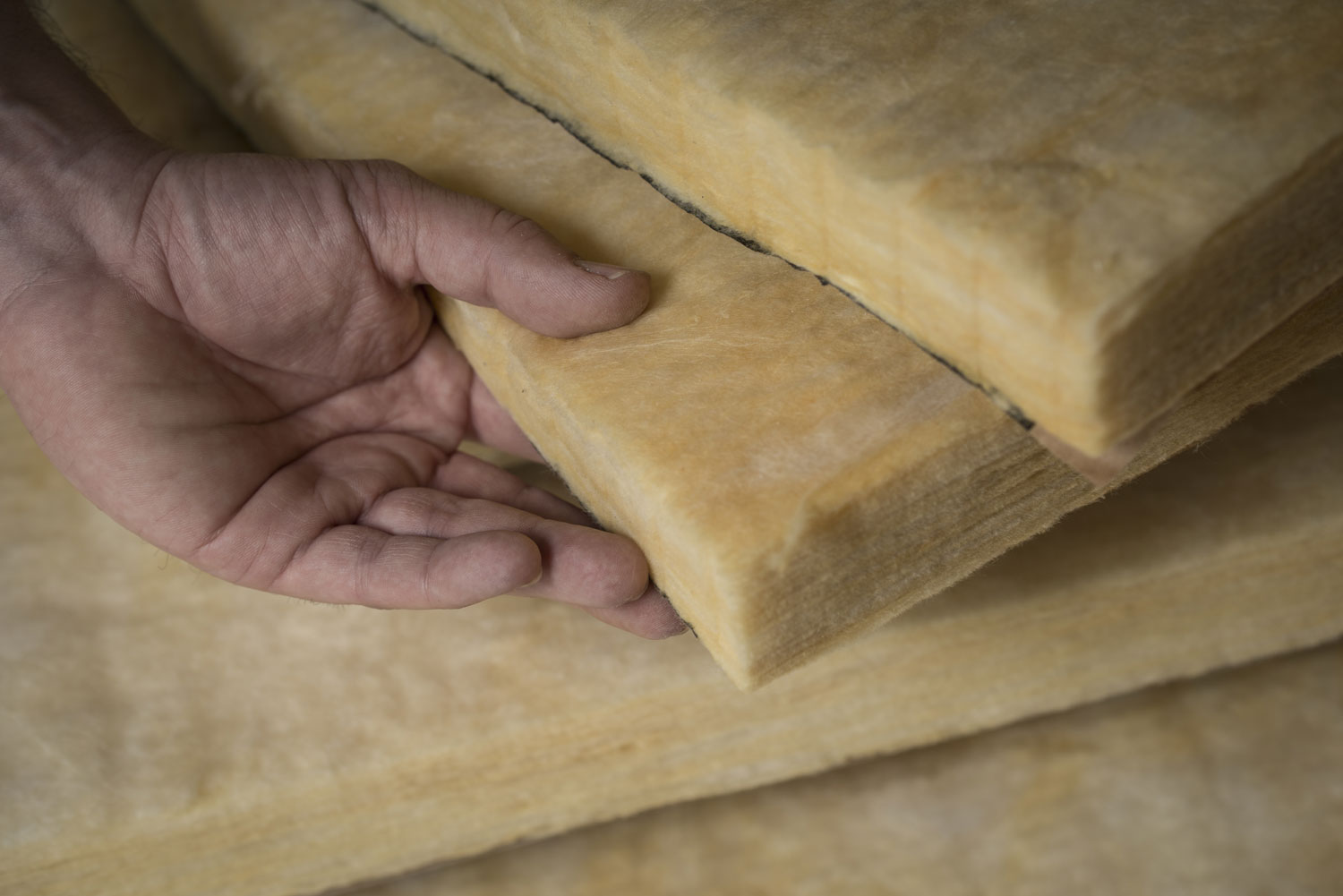The thickness level required for your home's insulation will depend on your home's geographic location. For example, warmer regions will usually require insulation with lower R-values.
Colder regions, such as the Northeast, will usually require insulation levels with a higher R-value. So, how thick is R11 insulation? We researched this, and we will answer this question in this post.
R11 insulation is typically anywhere from 3 1/2 to 5 inches thick, depending on the brand and type of insulation. For example, you can purchase R11 insulation in fiberglass batts and rolls, reflective foam, and rigid boards.
Understanding insulation R-value is important to insulate your home for warm and cold weather properly. It's also helpful to know the insulation requirements for your particular region, which can be found on the Department of Energy's website. Continue reading to learn more about R11 insulation.

What is R-value Exactly?
The R-value, an essential aspect of insulation, indicates the material's effectiveness (how well it insulates). This measurement is crucial in determining the amount of insulation needed for a home and its thickness for maximum effectiveness.
The R-value of a material is calculated per inch of length. For example, solid wood has an R-value of 1. Not much, right? But a solid board three inches thick has an R-value of 3.
A dense piece of rubber that's about 1 inch thick has an R-value of about .25. However, rubber insulation that's about 2 in thick has an R-value of about 4 to 6.
So to say, the thickness and density of material play the biggest role in determining the R-value.

What does R11 insulation mean?
Insulation with an R-value of 11 means that the installation itself is thinner and may not be as dense as thicker insulation. R-values can range anywhere from 1 to 50 or more. As you can see, this means that insulation with an R-value of 11 is fairly low.
If your region has requirements for your home's insulation to have an R-value of 11, it's best to stick with this type of insulation. It's normal to think that purchasing insulation with a higher R-value will help insulate your home better, but that's not necessarily the case.
Here are a few reasons why it's important to stick to the recommendations included in your local building codes:
Increased Insulation Lifespan
Installing insulation with the proper R-value for your home and region will allow the insulation to last longer. This is because it will be able to adjust to the temperature shifts of your region and your home specifically.
For example, if your home is made of brick, it will likely have different insulation requirements than a home that has a complete wood exterior.
Building materials such as drywall, pipes, flooring, and ductwork can all warp and eventually sustain damage during drastic temperature changes in the summer and winter. Repairing these materials and structural components can make it very expensive.
So it's best to choose the right insulation so that you can help regulate the temperature in your home all year round.
Energy Savings
Using the right R-value also means that you'll save money on your energy costs throughout the year. On average, you can save anywhere from 10% to 20% on your heating & cooling costs, according to the Environmental Protection Agency (EPA).
Upgrading your insulation to the right of our value can also increase the market value of your home, which is helpful if you are looking to sell it in the near future.
Comfort Level
It's important to be comfortable in your home, whether it's in the warmer or colder months of the year. Choosing the insulation with the proper R-value means that you don't have to worry about your home being uncomfortable during times of extreme weather.
If the insulation is too thin or too thick, it can cause your home to reduce excessive condensation or to be very uncomfortable during these times.
Pest Resistance
You may not realize this, but R-value can also affect how well your home is insulated against pests. Small pests, including mice, birds, ants, and spiders, can easily sneak into your home through the foundation.
Proper insulation levels can help prevent them from making their way into your home and creating nests. This is why it's essential to insulate the areas near doors, windows, and open cracks and crevices.
How long is a roll of R11 insulation?
R11 insulation will vary in size, though rolls will typically comment dimensions of 15x90 inches or 15 feet up to 400 feet long. However, it depends on the type of insulation that you choose.
Is R11 insulation good for a basement?
Yes, but it depends on your region and the exterior material of which your basement is made. Even homes made of stucco or wood will usually have a concrete foundation. This foundation is helpful and provides some insulation to the home, in which case insulation with an R-value of 11 may suffice.
However, your basement may need insulation with an R-value of anywhere from 11 to 35, depending on your location. Here are a few different types of insulation that you can use for your basement.
Remember that the R-value will have a different thickness level based on the insulation type.
Insulation Options For Your Basement
The key to insulating a basement successfully is to use the right materials that will prevent heat loss and prohibit moisture from seeping into the walls--which will prevent mold growth.
Spray Foam [aka "Loose-Fill]

Fiberglass and cellulose spray foam insulation are often used in the basement as they can easily cover small cracks in the foundation and the floor. Closed-cell spray foam is perfect for utilization as a vapor barrier and can help to keep damp basement walls dry during the colder months.
It's also fairly easy to apply and allows you to easily cover hard-to-reach pipes, beneath wires, and around other common basement instructions.
The only drawback with spray foam is that it's a bit more expensive than your typical fiberglass batts and rolls, and it can get a bit messy when it comes to installation and removal.
To achieve an R-value of 11 with spray foam, you typically need to install it's where it's about 3 to 3.5 inches thick.
Foam Boards

Rigid foam boards are also great for basement insulation. They work wonderfully on walls and ceilings. A one-inch board has an R-value of about 5, so you'll likely need two or more boards for your basement if this is your regional requirement.
You can use Tyvek tape to cover the spaces between the boards or apply spray foam insulation. These boards are best for DIY installations as they are relatively easy to install.
You cut them according to size and apply them directly to the surface--you can also use staples and nails to secure them.
Check out this Tyvek tape on Amazon.
Fiberglass Batts And Rolls

One of the least expensive ways to insulate your basement is using fiberglass batts and rolls. This is typically the "go-to" insulation material for many homeowners as it is readily available, inexpensive, and very easy to install.
If you're considering DIY insulation for your basement insulation, here is a good option to consider.
You can easily identify this insulation in the hardware store online by simply searching for the R-value specifically, which means that you don't have to worry about calculating and adding additional layers to reach your building requirements.
You can easily find R11 fiberglass insulation in stores such as Home Depot, Lowe's, or Menards.
Check out this fiberglass insulation on Amazon.
Wrapping Things Up
We hope this post has helped explain the average thickness for insulation with an R-value of 11. Be sure to always check the R-value of your insulation before purchasing it.
Also, always check your local building requirements before embarking on a new insulation project.
Before you go, check out our other posts:


